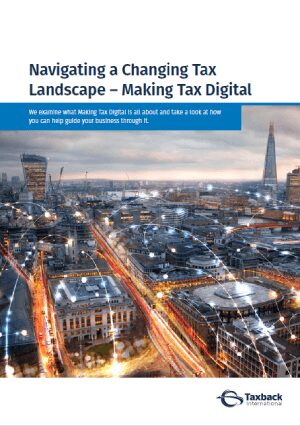What is the VAT Rate in the UK?
20%
The standard VAT rate in the United Kingdom is 20%, which is applicable for most goods and services. However, for certain goods and services (e.g. Children’s car seats, home energy) a reduced rate of 5% VAT can be applied. It is also possible to have 0% VAT on transactions (e.g. for most food and children clothes).
The official tax, payments and customs authority of the United Kingdom is HM Revenue and Customs.






